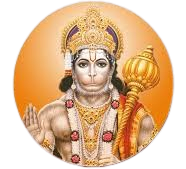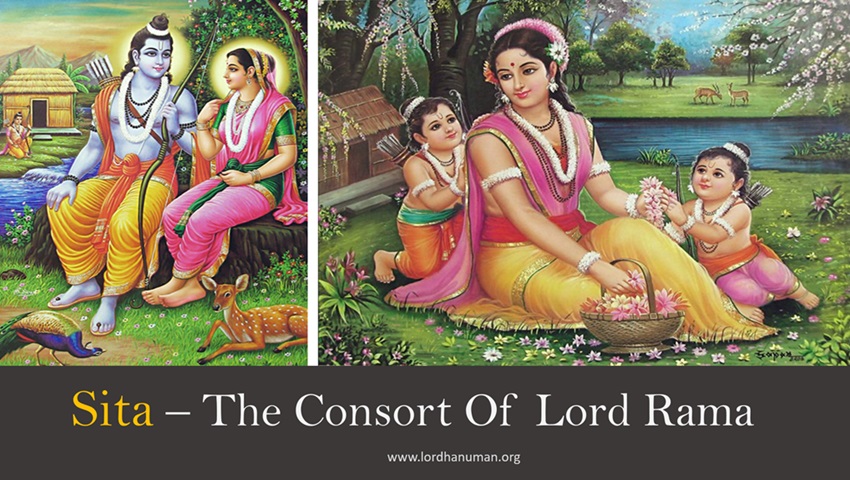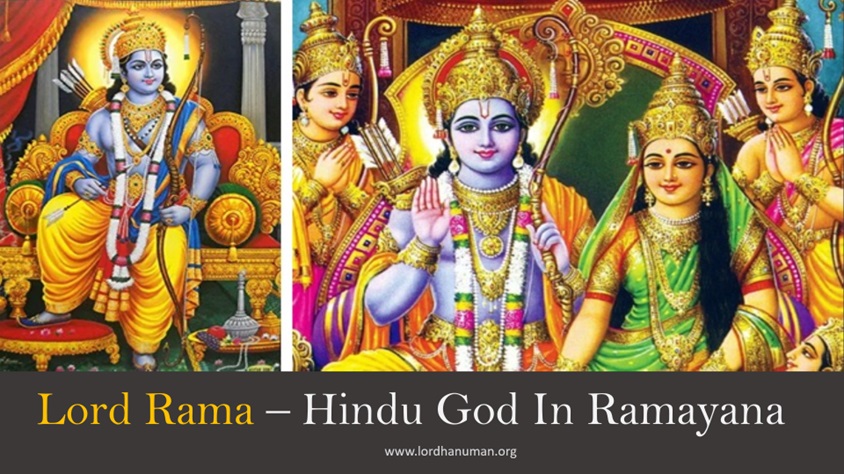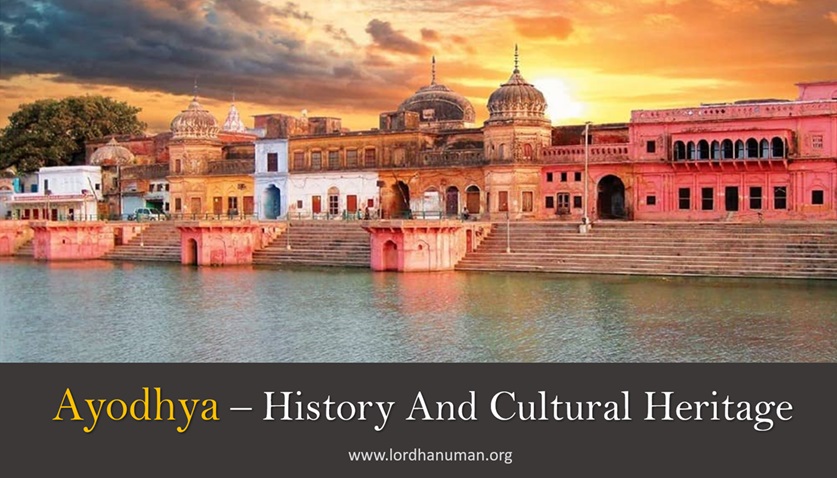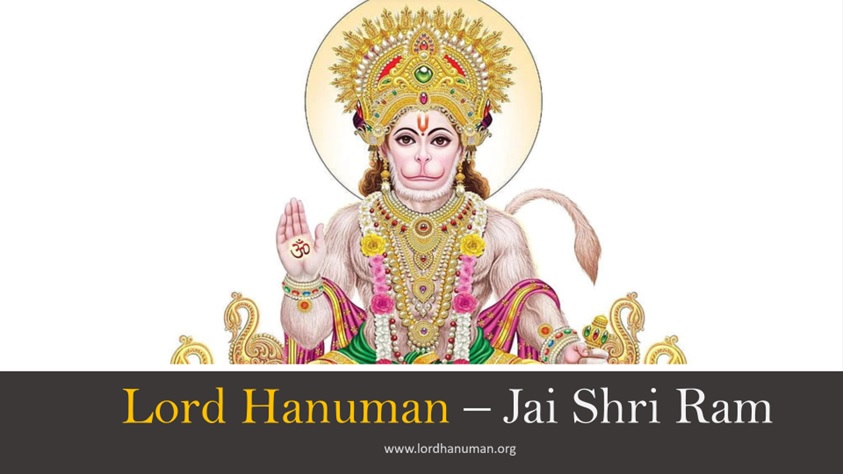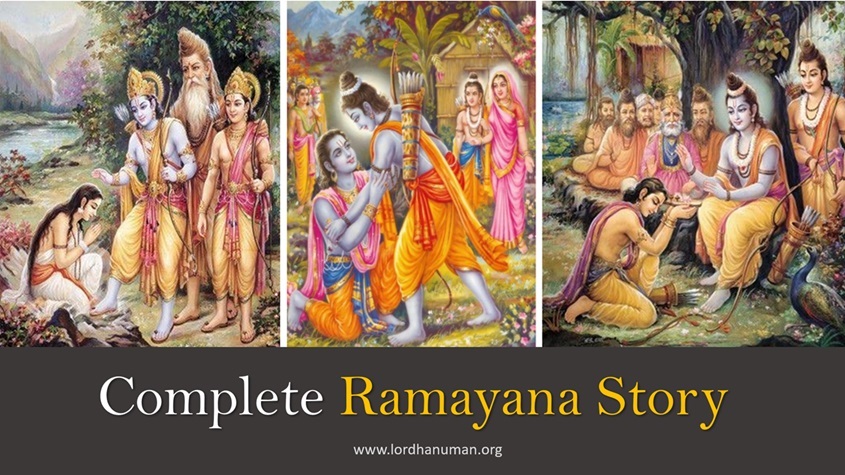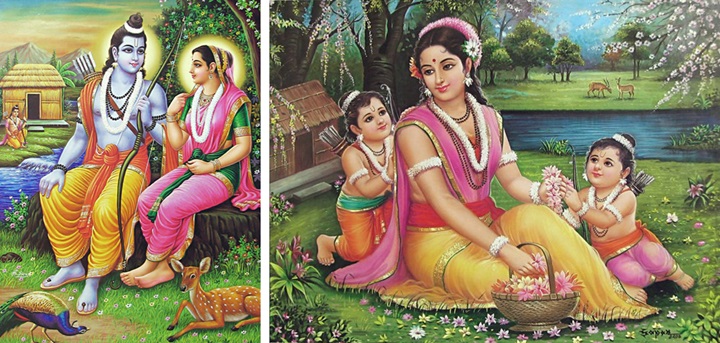
Sita
श्री रामचंद्र की पत्नी सीता
Sita was the consort of Lord Rama and the daughter of King Janaka in the Ramayana. She is revered for her embodiment of virtue, resilience, and self-sacrifice.
Sita was consort of Lord Rama and daughter of King Janaka in Ramayana. Revered for her embodiment of virtue, resilience, and self-sacrifice.
The Ramayana, an ancient Indian epic, unfolds the timeless tale of Sita, a central and revered character whose life journey embodies virtue, resilience, and the enduring strength of character.
As the wife of Lord Rama, Sita’s narrative transcends the conventional role of a princess, offering profound insights into love, duty, and the challenges faced by women in a patriarchal society.
Divine Couple, Epitome of love, Righteousness, And Unwavering Devotion
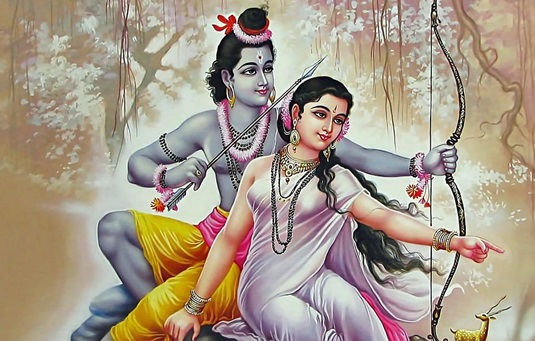
Sita’s character in the Ramayana is special due to her embodiment of virtue, resilience, and self-sacrifice. As the epitome of feminine strength, Sita’s unwavering devotion to Lord Rama, even in the face of adversity, makes her a timeless symbol of love and commitment.
Her voluntary exile to the forest with Rama showcases unparalleled spousal dedication, highlighting her prioritization of dharma (righteousness) over personal comfort.
Sita’s abduction by Ravana and subsequent captivity demonstrate her unyielding virtue and unwavering resolve. The Agni Pariksha, a trial by fire, is a poignant testament to her purity and selflessness, even as societal expectations cast doubts upon her integrity.
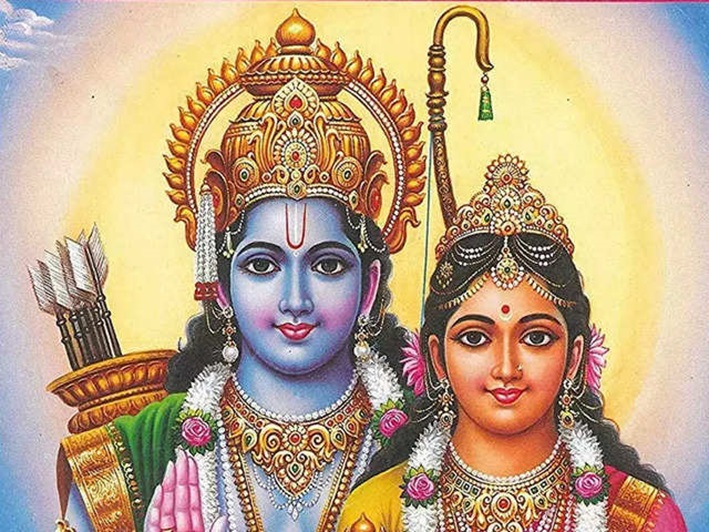
Furthermore, Sita’s years in exile and subsequent rearing of her twin sons, Lava and Kusha, in sage Valmiki‘s hermitage underscore her resilience and maternal strength. Her final act of disappearing into the Earth, her mother, is a powerful assertion of agency and autonomy in the face of societal judgments.
Sita’s character resonates across cultures and generations, serving as a source of inspiration for her embodiment of timeless virtues and the complexities of womanhood. Her significance lies in being not just a character in an epic but a profound symbol of enduring strength, love, and righteousness.
Sita's Birth And Early Life
Sita, also known as Janaki or Vaidehi, was born from the Earth’s womb, an embodiment of purity and divine grace. Her early years were marked by an idyllic life in the kingdom of Mithila, ruled by the righteous King Janaka.
Her swayamvara, where suitors had to string Lord Shiva‘s divine bow, set the stage for her destined union with Lord Rama.
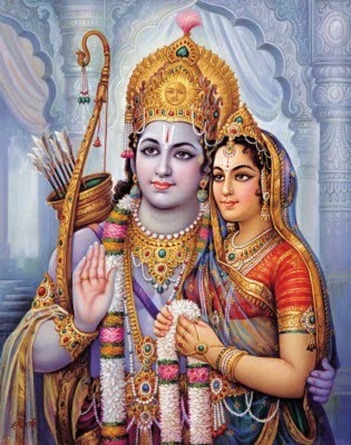
Other Names Of Sita
- Sita: Born after ploughing the earth.
- Janaki: daughter of King Janak.
- Vaidehi: Princess of Videha.
- Maithili: Princess of Mithila.
- Janak Nandini: Daughter of Janak.
- Raghav Priya: beloved of Raghav (Ram)
- Bhumija: Born from Bhumi( Earth)
How Sita Was Borne ?
Sita’s unique birth in the Ramayana is a tale of divine origins. She emerged from the Earth’s womb, a manifestation of purity and divinity. King Janaka, ruling the kingdom of Mithila, discovered her while plowing a field.
As he unearthed a golden casket, Sita emerged, radiant and celestial. Janaka, overjoyed, adopted her as his daughter. This extraordinary birth emphasized Sita’s divine lineage, setting the stage for her destined union with Lord Rama and underscoring her role as a central figure in the epic Ramayana.
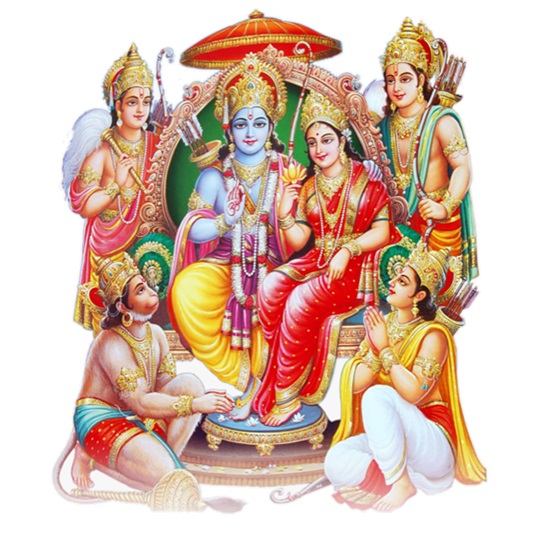
Sita Swayamvara
Sita’s Swayamvara, a pivotal episode in the Ramayana, unfolds in the kingdom of Mithila. King Janaka, Sita’s father, invites eligible princes to string Lord Shiva‘s divine bow, aiming to find a worthy suitor for his exceptional daughter.
The bow, colossal and unyielding, daunts the assembled princes. However, Lord Rama, the seventh avatar of Lord Vishnu, effortlessly strings the bow, winning Sita’s hand in marriage. The divine union symbolizes not only Rama and Sita’s destined love but also the triumph of dharma (righteousness).
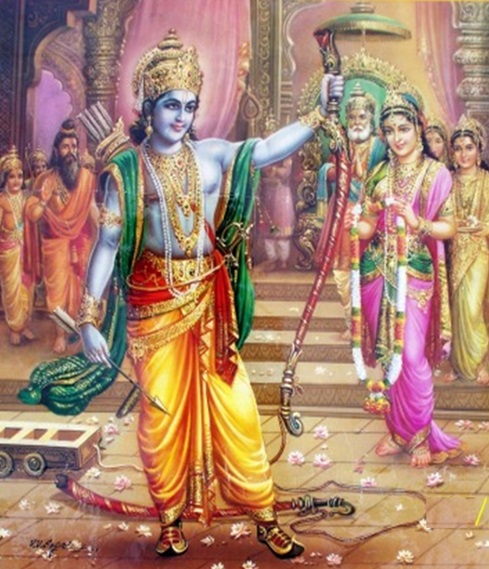
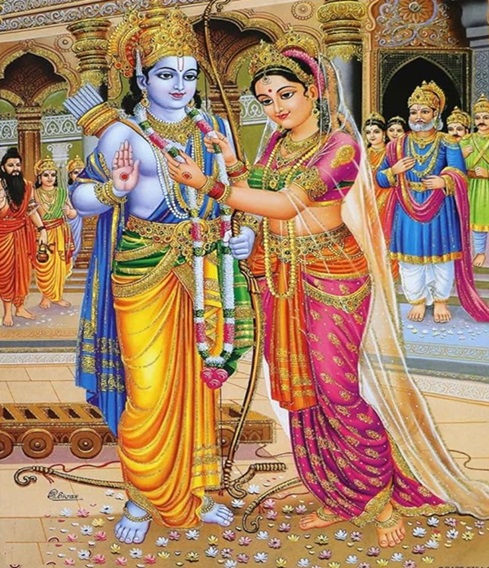
The Swayamvara narrates an iconic moment in Hindu mythology, portraying Sita’s exceptional qualities and Rama’s divine prowess, setting the stage for their unparalleled journey together in the epic Ramayana.
Sita Accompanies Rama To Exile
Sita’s marriage to Rama was a celestial union, a symbol of love and commitment. However, their happiness was short-lived as a sinister twist of fate led to Rama’s exile to the forest for fourteen years. Undeterred by the hardships, Sita chose to accompany Rama, exemplifying her unwavering devotion and adherence to dharma (righteousness).
Sita’s decision to accompany Rama into exile in the Ramayana is a testament to her unwavering devotion, selflessness, and commitment to marital duty. When Rama is banished for fourteen years, Sita, driven by love and allegiance, insists on sharing his hardships.
Rama Departs To Exile With Sita And Brother Lakshmana
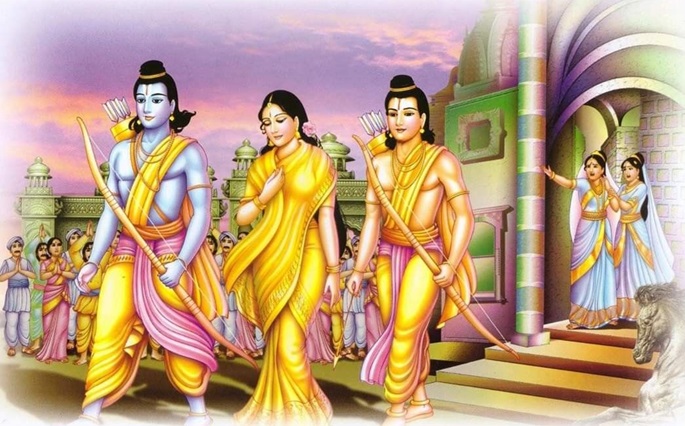
Rejecting the comforts of the palace, she exemplifies the ideals of pativrata dharma, a virtuous wife’s commitment to her husband. Sita’s choice to endure the forest’s challenges with Rama underscores her resilience and adherence to dharma, transcending personal comforts for the sake of duty and loyalty.
Her journey into exile becomes a poignant symbol of spousal devotion, setting the stage for the profound trials and tribulations that shape the epic narrative of the Ramayana.
Sita’s Abduction by Ravana
The epic Ramayana Story takes a dramatic turn with Sita’s abduction by Ravana, the demon king of Lanka. The cunning golden deer, Maricha’s illusion, and the subsequent abduction in Rama’s absence form a poignant chapter in Sita’s life. Her steadfast resistance against Ravana’s advances reflects her unwavering virtue even in the face of adversity.
In the Ramayana, Lakshmana accompanies Rama to hunt the golden deer due to a sense of duty and unwavering loyalty. Sita, at Rama’s insistence, stays behind in their hermitage.
Demon King Ravana Abducts Sita
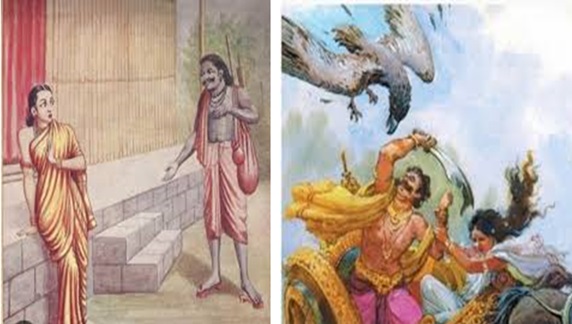
Rama’s decision to chase the magical deer is part of a cunning plan orchestrated by the demoness Surpanakha to create a diversion and separate Rama from Sita. Rama entrusts Lakshmana with Sita’s protection, confident in his younger brother’s ability to ensure her safety.
The Lakshman Rekha, a critical episode in the Ramayana, involves Lakshmana drawing a protective line around the hermitage where Sita resides during Rama’s absence. Instructing Sita not to cross it, Lakshmana leaves to assist Rama.
The demoness Surpanakha, attempting to deceive them, fails to breach the line. However, the cunning Maricha assumes the guise of a golden deer, luring Rama away. Sita, thinking Rama is in danger, urges Lakshmana to cross the line.
Golden Deer Was A Trap
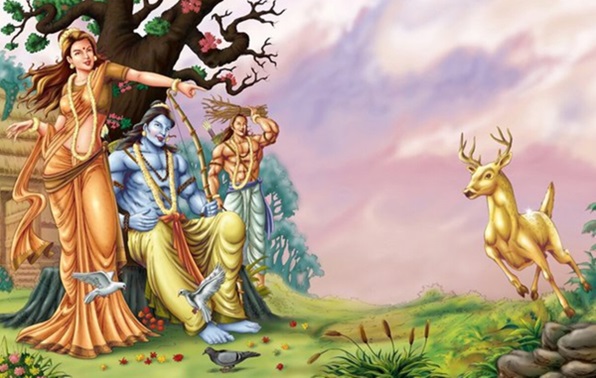
Reluctant but adhering to duty, Lakshmana leaves, allowing Ravana to abduct Sita. The Lakshman Rekha symbolizes the consequences of deviating from dharma and the intricate twists of fate in the epic.
The incident becomes a turning point as Ravana takes advantage of the situation, abducting Sita in Rama’s absence. While the decision to leave Sita alone in the forest is pivotal to the narrative, it reflects the characters’ commitment to their roles and the unforeseen consequences of a seemingly ordinary event in the larger context of the epic.
Rama Entrusts Hanuman To Search Sita
Hanuman‘s search for Sita in the Ramayana is a heroic saga. Endowed with immense strength and the power to change size at will, Hanuman leaped across the ocean to reach Lanka. Disguising himself, he infiltrated the city and found Sita in captivity in Ashoka Vatika.
To reassure her, Hanuman presented Rama’s ring and conveyed his message. In a spectacular display of devotion, he set Lanka ablaze with his fiery tail before returning with crucial information about Sita’s location, marking a pivotal moment in the epic and laying the groundwork for Rama’s eventual confrontation with Ravana.
Hanuman Locates Sita In Ashok Vatika , Lanka
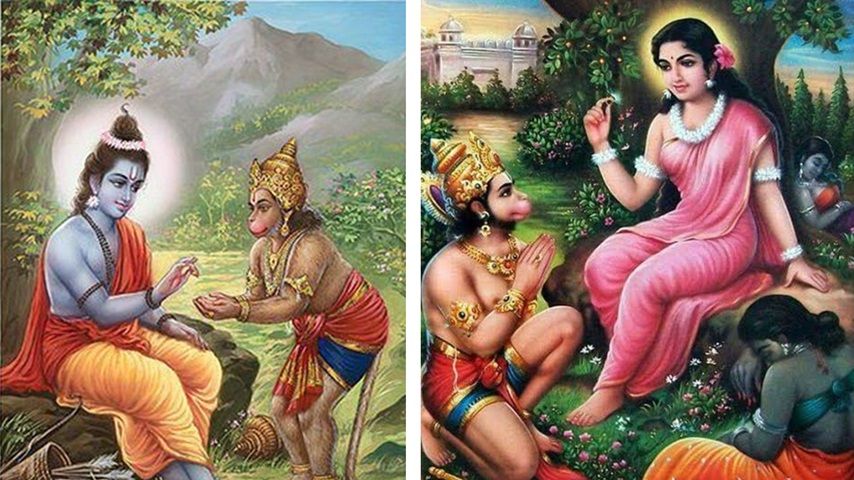
Hanuman‘s divine powers, bestowed upon him by various deities, facilitated his extraordinary search for Sita in the Ramayana. His ability to change size at will, granted by Lord Brahma, enabled him to traverse vast distances with ease.
Lord Shiva‘s blessings provided Hanuman with immense strength, allowing him to leap across the ocean to reach Lanka. The grace of Lord Varuna bestowed him the power to control water, aiding his oceanic journey. These divine gifts, combined with Hanuman’s unwavering devotion to Lord Rama, empowered him to locate and bring crucial information about Sita’s captivity in Lanka.
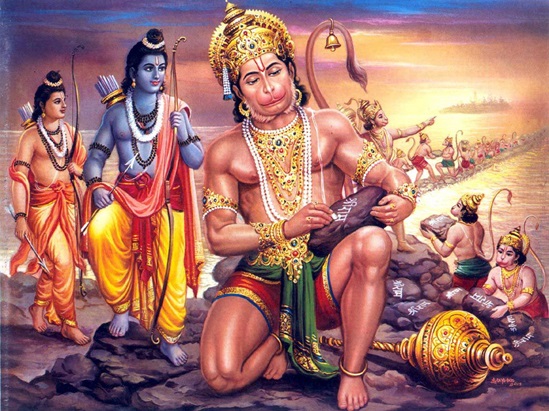
Sita’s life imparts valuable lessons. Her devotion to dharma, resilience during hardships, and self-sacrifice resonate as timeless teachings. Sita’s choices, whether in exile or acceptance of societal judgments, reflect the nuanced challenges faced by women and the strength required to navigate societal expectations.
Sita, the central figure in the Ramayana, transcends the boundaries of time and mythology. Her life journey, marked by love, sacrifice, and unwavering virtue, makes her an enduring symbol of femininity and strength. Sita’s story continues to inspire contemplation on love, duty, and societal expectations, offering profound insights into the human experience and the timeless pursuit of righteousness.
